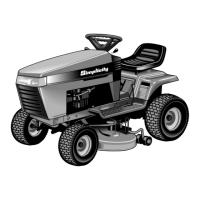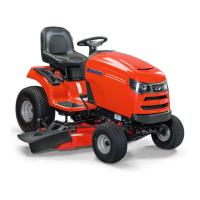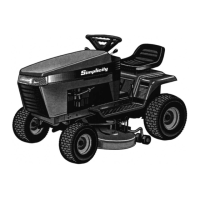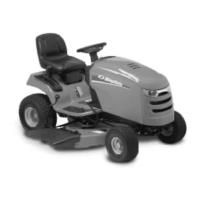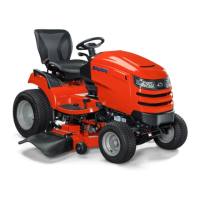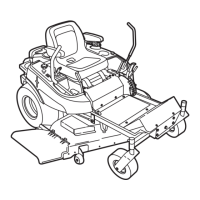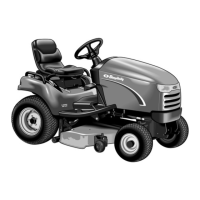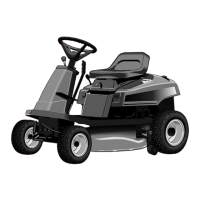16
Figure 3
Adding Fuel
WARNING
and explosive.
death.
When Adding Fuel
neck.
for cracks or leaks. Replace if necessary.
1. Clean the fuel cap area of dirt and debris. Remove
the fuel cap (A, Figure 4).
2. Fill the fuel tank with fuel. To allow for expansion of the
3. Reinstall the fuel cap.
Oil Pressure
If the oil pressure is too low, a pressure switch (if equipped)
will either stop the engine or activate a warning device on
the equipment. If this occurs, stop the engine and check
the oil level with the dipstick.
If the oil level is below the ADD mark, add oil until it reaches
the FULL mark. Start the engine and check for proper pres-
sure before continuing to operate.
If the oil level is between the ADD and FULL marks, do not
start the engine. Contact an authorized dealer to have the
oil pressure problem corrected.
Fuel Recommendations
Fuel must meet these requirements:
tude use, see below.
able.
CAUTION: Do not use unapproved gasolines, such as E15
and E85. Do not mix oil in gasoline or modify the engine to
run on alternate fuels. Use of unapproved fuels will damage
the engine components and void the engine warranty.
To protect the fuel system from gum formation, mix a fuel
stabilizer into the fuel. See the Storage section. All fuel is
not the same. If starting or performance problems occur,
change fuel providers or change brands. This engine is
-
High Altitude
At altitudes over 5,000 feet (1,524 meters), a minimum 85
emissions compliant, high altitude adjustment is required.
Operation without this adjustment will cause decreased
performance, increased fuel consumption, and increased
emissions. See an authorized dealer for high altitude ad-
justment information.
Operation of the engine at altitudes below 2,500 feet (762
meters) with the high altitude adjustment is not recom-
mended.
A
Figure 4
C
A
A
B
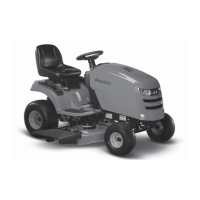
